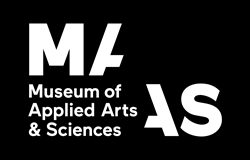When: Tuesday 13th November, 4:00pm – 5:30pm
Where: Theatrette, Level 2 behind the registration/foyer area
Hashtag: #T13
Join climate change communicators to discuss the latest approaches to communicating controversial research. The panel will draw from perspectives and case studies from university centres of excellence, government research organisations, communication consultancies, and non-profit organisations. You’ll obtain specific suggestions on the use of infographics, video and other innovative communication approaches, ideas about campaign timing, and guidance on drawing from a robust foundation of science to effectively communicate in complex and contested domains.
MC
Simon Torok, Director, Scientell
Panel
Paul Holper, Director, Scientell
Karen Pearce, Director, Bloom communication, and communicator for the National Environmental Science Program’s Earth Systems and Climate Change Hub
Martin Rice, Acting CEO and the Head of Research, Climate Council
Alvin Stone, Media and Communication Manager, ARC Centre of Excellence for Climate Extremes
